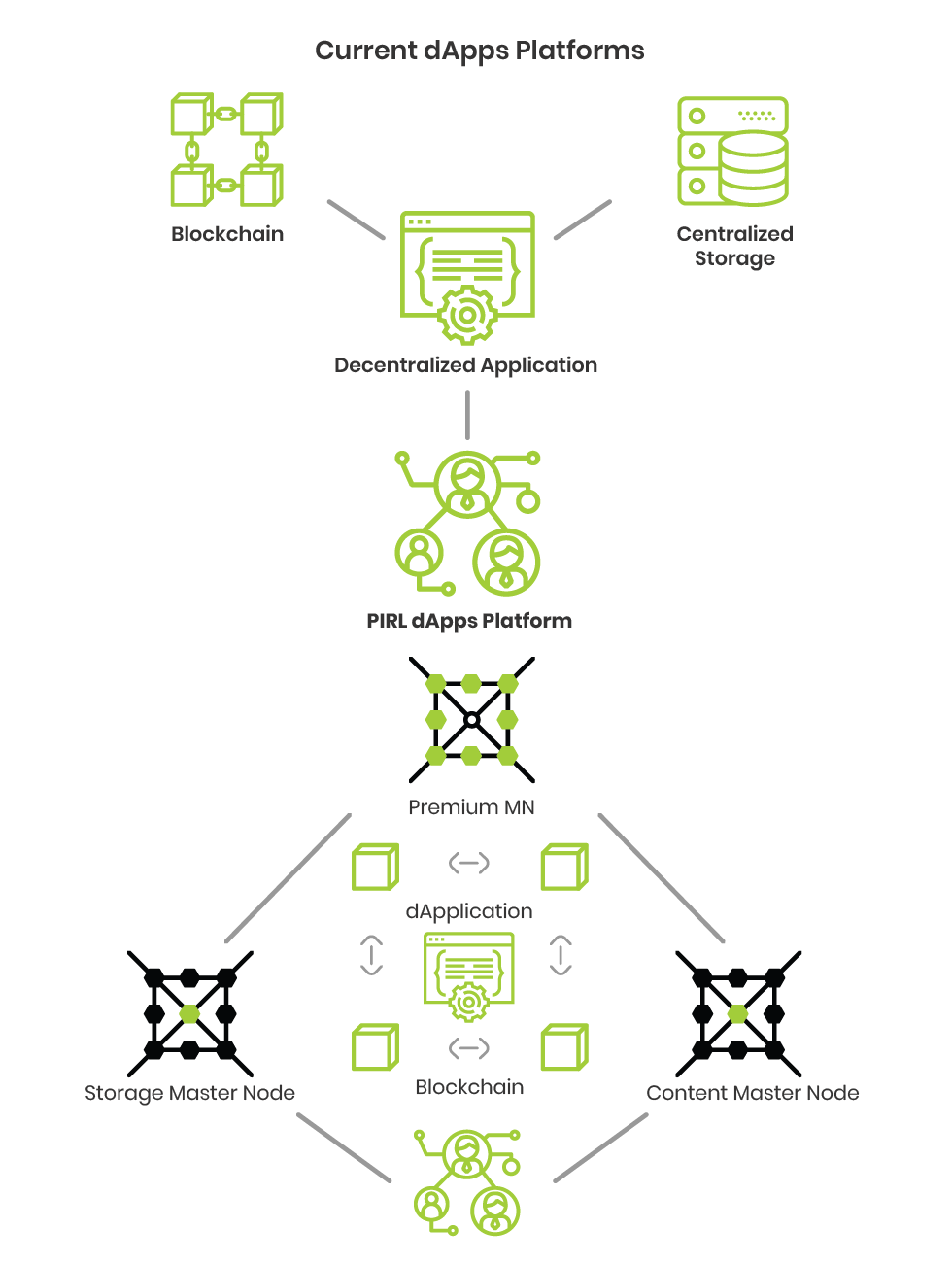Excited for Pirl’s recent announcement? Few days ago, the popular PirlTube platform announced the launch of the Tier 2 – Content Masternodes in beta version, which are going to be available for users worldwide next month. Let us remind you that earlier this year, Pirl’s project released Tier 1 – Premium Masternodes, responsible for the dApps platform. In several more months, it’s expected to welcome also the Tier 3 – Storage Masternodes, which are going to be in charge for both the other Tiers.
Pirl ecosystem
Currently, the main goal of Pirl’s ecosystem is concentrated in dApps improvements. One of the commonly mentioned features is PirlTibe – a video hosting solution. Users are able to upload a video content and specify all its details. Additionally, there’s an option to adjust the resolution’s quality and broadcast the file using live stream. What’s considered as advantage are the data dimensions, effectively stored without any duplication for the purpose of avoiding centralized storages. Pretty cool, isn’t it?
Pirl Masternodes
Observed as the backbone of Pirl’s network, Masternodes are nothing more than a blockchain’s copy. If you’re likely to become one, all you need to do is lock a collateral number of coins. It’s needed since it’s considered as an honesty precaution. Performing as a node is preventing the network from attacks and in same time supporting it. Now, let’s talk about Content Masternodes in particular.

Content Masternodes
As already mentioned, the 3-layer Masternode network consist from Premium, Content and Storage nodes. All you need to do is following the simple step-by-step setup guide. First download it, then run the node’s storage binary. That’s all – simple as hell. Content Masternodes provide a public storage to access data, necessary for dApps. What makes them so important is the running of an IPFS protocol, which is offering the opportunity to host content, protected from hacking attempts.
*IPFS: InterPlanetary File System: connects all devices, using the same system of files.
Minimum requirements
Currently, at a stage 2 of the development process, we would like to note you all the necessary criteria to set up one for yourself.
- 4GB of RAM memory
- 20GB HD space
- 3TB data volume
- Collateral of 10k Pirl coins
- VPS server
- Static IP
The first three are simply basic requirements to set up any kind of a Masternode. The second trio is strictly relied to the Content Masternodes’ needs.
Conclusion
Truly believing in decentralized applications, the team of Pirl keeps developing them as a tool in the crypto field. Their aim is relied to immutable content with powerful functionalities in order to protect the network from weaknesses and avoid middlemen. As you might observe, Pirl is following the simply to use and adopt conception, which makes the project interesting to crypto enthusiasts.
I’m impatiently waiting for the results of the Content Masternodes’ performance and their releasement for wider usage. Stay tuned to be up-to-date when it comes to Tier 3 too.